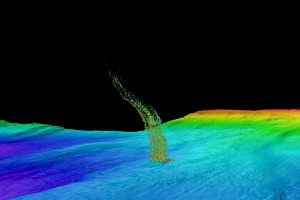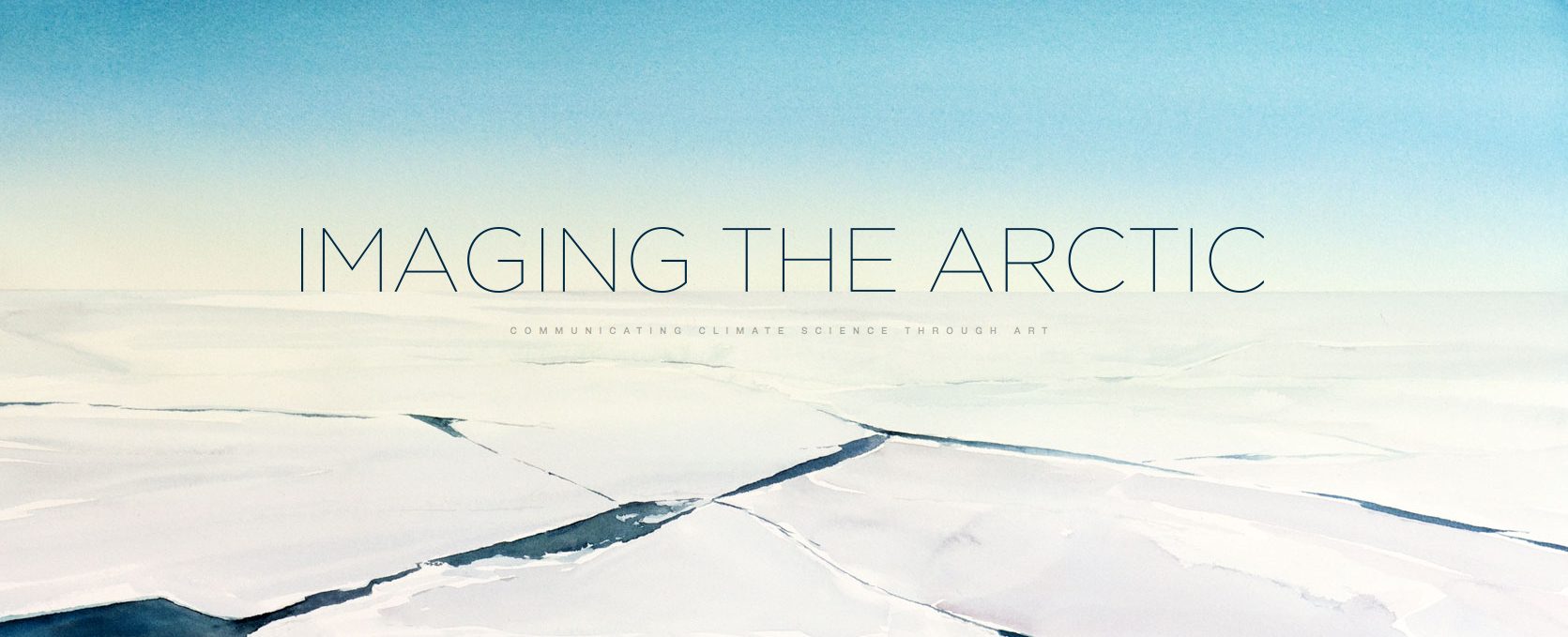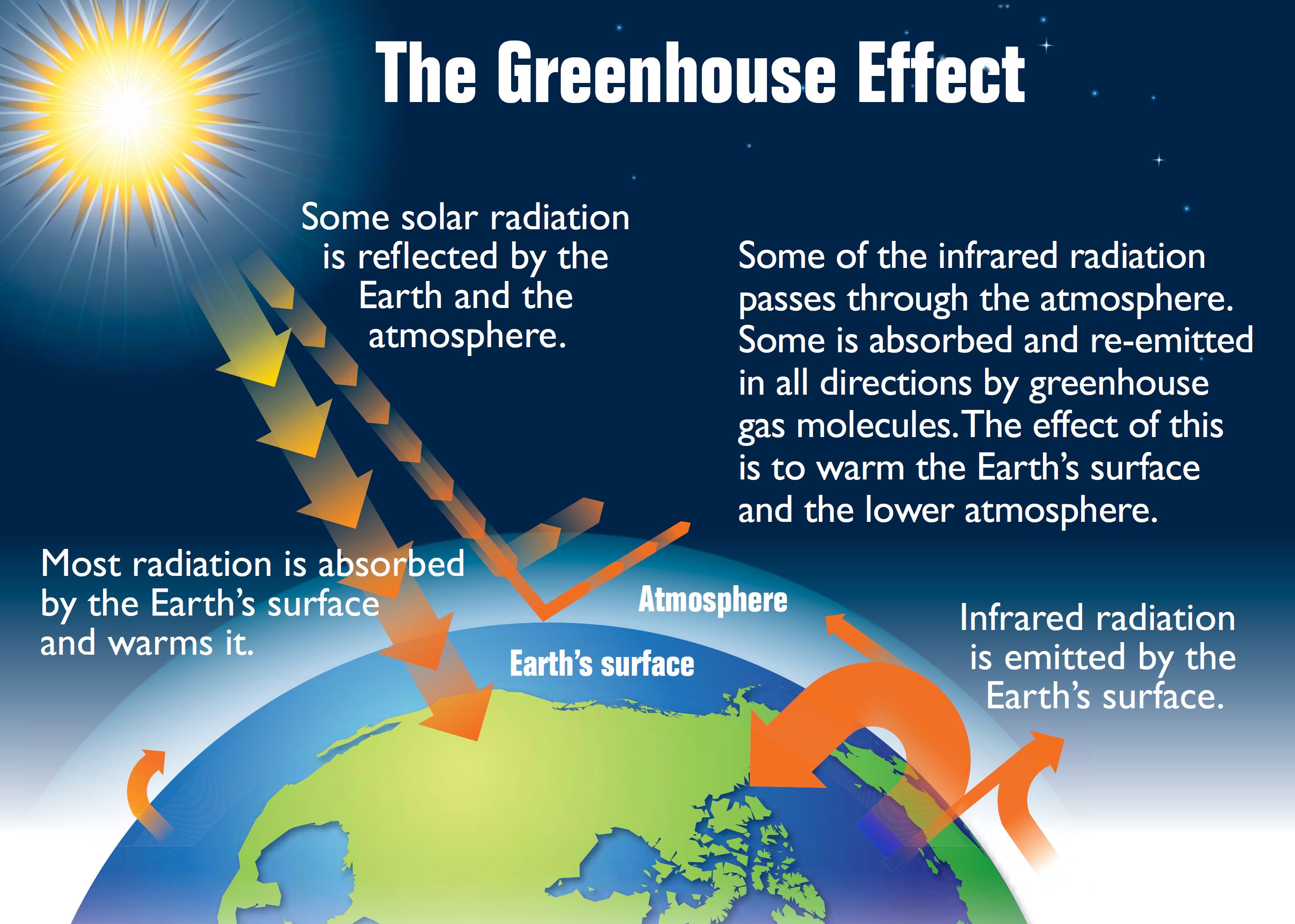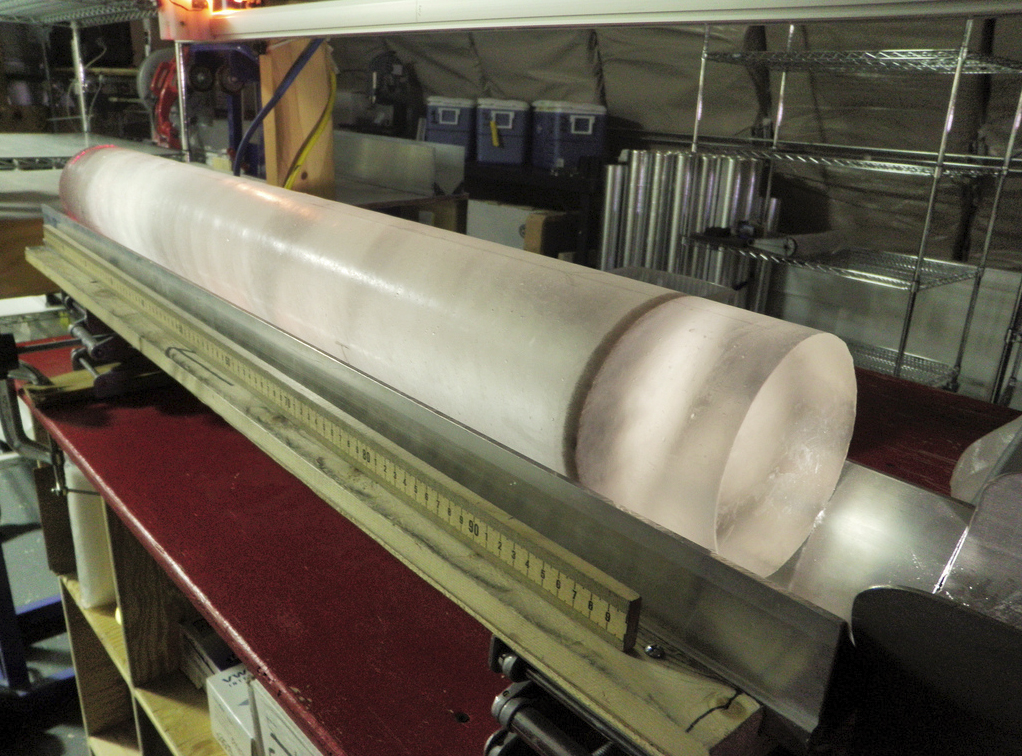New research from the School of Environmental and Forest Sciences suggests that the choices we make about how we use our lands —such as for agriculture or development—has an impact on a landscape’s ability to effectively store carbon. Published in Nature Geoscience, the authors find that disturbance reintroduces carbon that is locked up on land back into the carbon cycle, often through runoff that deposits it into our rivers and wetlands.
Read more on the SEFS Blog »Warmer Pacific Ocean could release millions of tons of seafloor methane
Off the West Coast of the United States, methane gas is trapped in frozen layers below the seafloor. New research from the University of Washington shows that water at intermediate depths is warming enough to cause these carbon deposits to melt, releasing methane into the sediments and surrounding water. Researchers found that water off the coast of Washington is gradually warming at a depth of 500 meters, about a third of a mile down.
Read more at UW Today »Imaging the Arctic
Imaging the Arctic is an interdisciplinary project and exhibition that explores the ecology and culture of West Greenland through the work of University of Washington marine mammal biologist Kristin Laidre, expeditionary artist Maria Coryell-Martin, Finnish photographer Tiina Itkonen, and graphic novelist Owen Curtsinger. The project is oriented around Laidre’s research on the impact of climate change in the Arctic, and sea ice loss on narwhals and polar bears.
Read more on the Imaging the Arctic website »Global warming not just a blanket—in the long run, it's more like tanning oil
While we’ve heard the analogy that carbon dioxide is like a blanket—wrapping the Earth’s atmosphere and trapping heat—in the long run the “how” of global warming changes, according to new research by scientists here at UW and at MIT. As the planet’s ice melts, and its warmer air carries more water, it will absorb more solar radiation than would have otherwise bounced off of clouds, ice, or snow.
Read more at UW Today »New study shows three abrupt pulses of CO2 during last deglaciation
A new study led by Oregon State University, with significant contributions from the University of Washington, shows that the increase of atmospheric carbon dioxide that contributed to the end of the last ice age more than 10,000 years ago did not occur gradually but rather was characterized by three abrupt pulses. Scientists are not sure what caused these abrupt increases, during which carbon dioxide levels rose about 10 to 15 parts per million—or about 5 percent per episode—during a span of one to two centuries.
Read more at UW Today »





